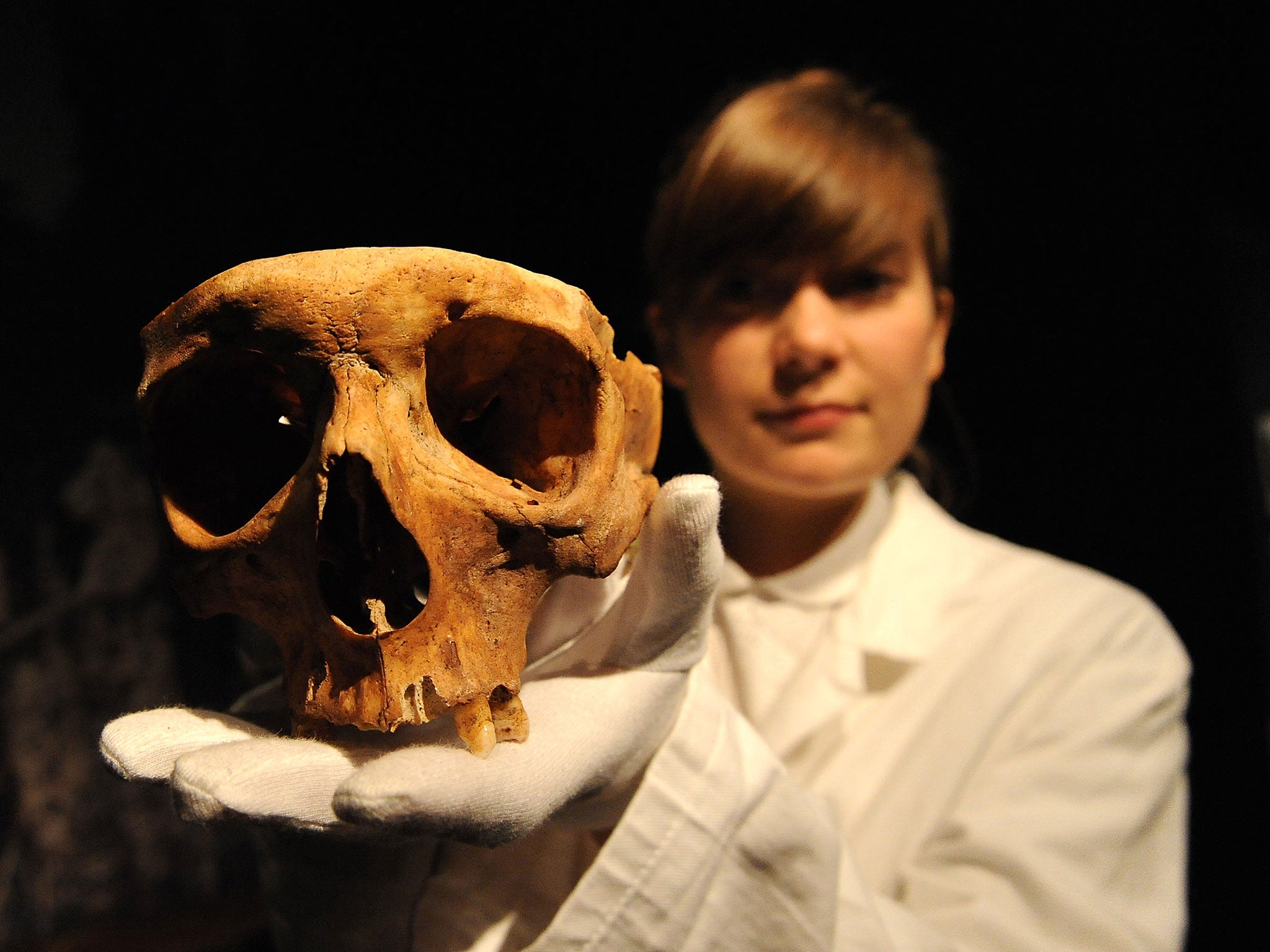Human faces evolved to be recognisable, scientists say

Human faces have evolved to be unique because we recognise one another by sight, according to scientists.
Unlike animals, humans do not recognise each other by smell, according to a study by researchers at the University of California, Berkeley, on how our bodies have evolved.
The scientists assessed human facial variability using a US Army database of body measurements compiled from male and female personnel in 1988. A comparison of the facial traits of European Americans and African Americans, such as forehead-chin distance, ear height, nose width and distance between pupils, with other body traits such as forearm length or height at waist, showed that facial traits are more varied than the others. The most variable traits are situated within the triangle of the eyes, mouth and nose.
The research team also had access to data collected by the 1000 Genome project, which has sequenced more than 1,000 human genomes since 2008 and catalogued nearly 40m genetic variations among humans worldwide. Looking at regions of the human genome that have been identified as determining the shape of the face, they found a much higher number of variants than for traits, such as height, not involving the face.
The authors asked whether the distance between the eyes or width of the nose was variable just by chance, or whether there has there been evolutionary selection to be more variable than they would be otherwise.
They found that people with longer arms typically have longer legs, while people with wider noses or widely spaced eyes don't have longer noses. Both findings suggest that facial variation has been enhanced through evolution.
Behavioural ecologist Michael Sheehan, co-author of the study published today in the online journal Nature Communications, said many animals use smell or sound to identify individuals, making distinctive facial features unimportant, especially for animals that roam after dark, but humans are different.
He said: “Humans are phenomenally good at recognising faces; there is a part of the brain specialized for that. Our study now shows that humans have been selected to be unique and easily recognisable. It is clearly beneficial for me to recognise others, but also beneficial for me to be recognisable. Otherwise, we would all look more similar.”
Michael Nachman, population geneticist and co-author of the study, said: “Genetic variation tends to be weeded out by natural selection in the case of traits that are essential to survival. Here it is the opposite; selection is maintaining variation. All of this is consistent with the idea that there has been selection for variation to facilitate recognition of individuals.”
The pair also compared the human genomes with recently sequenced genomes of Neanderthals and Denisovans and found similar genetic variation, which indicates that the facial variation in modern humans must have originated prior to the split between these different lineages.
“Clearly, we recognise people by many traits – for example their height or their gait – but our findings argue that the face is the predominant way we recognise people,” Sheehan said
Subscribe to Independent Premium to bookmark this article
Want to bookmark your favourite articles and stories to read or reference later? Start your Independent Premium subscription today.

Join our commenting forum
Join thought-provoking conversations, follow other Independent readers and see their replies